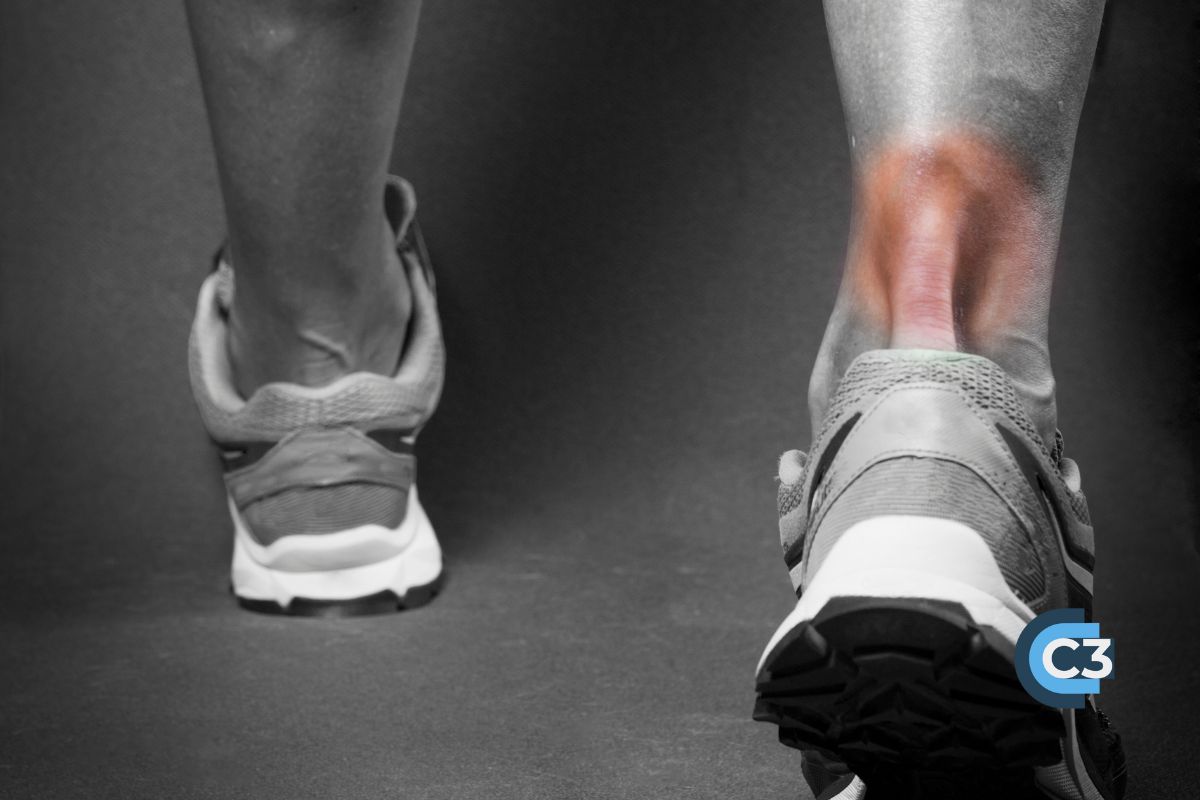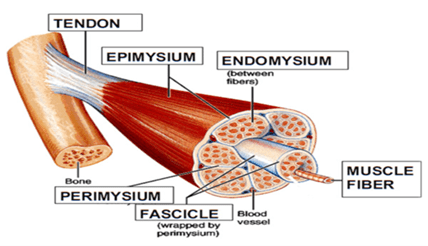A frequent finding on enhanced imaging studies such as MRI is that the radiologist reports change consistent with a tendinitis or at times changes that reflect a tendinosis. Unfortunately, all too often these two very distinct clinical conditions are used interchangeably. This would be an error. Taking note of the differences in these two clinical scenarios would modify the treatment delivered.
To begin this discussion, one must understand what a tendon is. Surrounding each muscle is a thin fibrous structure called a fascia. At the end of the muscle, this fascia comes together to form a tendon which attaches the muscle to a bone. Therefore, when a muscle contracts, the attached bone moves in a prescribed fashion.
Tendinitis is an acute condition. Whatever irritates the tendon, more specifically the tendon sheath, causes an inflammation of these structures. It is the inflammation of the tendon sheath that is noted as tendinitis. This identified tendinitis is what causes reported discomfort. This could be subsequent to a specific injury, an overuse syndrome or other acute events leading to the noted symptomology of pain, swelling, and at times reduced strength. This particular clinical finding generally does exceedingly well with a short period of rest, and nonsteroidal anti-inflammatory medications to include over-the-counter preparations.
On the other hand, the diagnosis of a tendinosis is a chronic condition. The chronicity of this particular pathology leads to degeneration of the actual structure of the tendon over time. The identified tendinosis represents a breakdown of the collagen within the tendon structure, and this particular medical malady leads to complaints of pain, stiffness of the joint or muscle, and reduced strength. A tendon that carries a diagnosis of tendinosis is more susceptible to a tear or other disruption, as the noted structure itself is compromised. For the record, tendinosis is not a result of an inflammatory process and generally takes much longer to resolve.
Given the differences, inflammation versus degeneration, treatment is markedly different. Inflammation is addressed with anti-inflammatory measures. However, the degenerative change requires rehabilitation to rebuild the tendon strength. The basic reason to understand the differences is that with a misdiagnosis this can lead to ineffective treatments. Ineffective treatments extend the length of time it takes to resolve the compensable event.
As a little bon mot, if the overall symptomology is not responding with immediate short-term care, additional imaging studies such as MRI would be necessary to make the exact diagnosis and establish the most proper treatment plan. Successful treatment of the diagnosis requires a very specific and objectified diagnosis.
Understanding the acute nature of tendinitis, one must thoroughly understand the mechanism of injury, versus the chronic degenerative changes leading to a diagnosis of tendinosis. When additional diagnostic testing demonstrates a tendinosis, it is clear that this is not a function of an acute injury or the identified compensable event.


